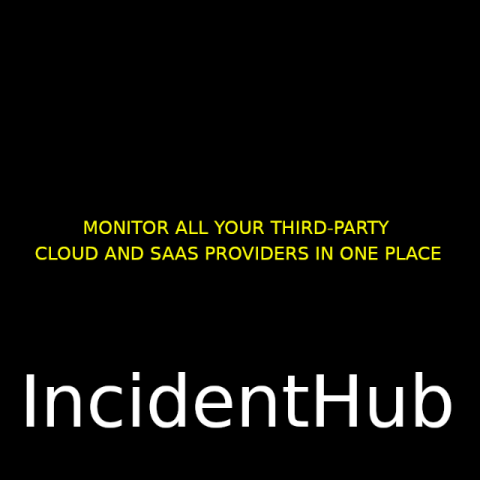The Role of Marketing Automation in Streamlining Business Operations
Marketing, a cornerstone of business success, is a constantly evolving field. Embracing automation through integration or Artificial Intelligence (AI) technology and other digital tools can give your organization a competitive edge. In the world of digital technology, the consistently increasing number of marketing channels may be challenging. Automation is a solution for this challenge because it helps streamline various aspects of operations, from lead generation to customer management.











